Do you ever look at things you like and realise that they’re all the same thing, every one of them? Just varied details on an essential appeal. Me, for example, I’ve been re-reading X-Men archives for the past two months and paying close attention to which details make me like the whole so much. And here’s what it is: straightforwardness. I like people who march straight to the point. Like Wolverine: you can make a joke about a point (or three of them), but you can’t put up much of an argument for how he’s long-winded in getting to one (or three). He’s not. Gambit, he’s all, “I’m sexy, you’re sexy, let’s dance”–straightforward, full throttle, no detours. And Rogue, who I’ve always called my “favourite character” in the widest sense of the question; she’s so straightforward that if a circumstance is untenable, she’ll give a yell of frustration and leave through a wall. Or six walls. She does not allow the world to stay in her way.
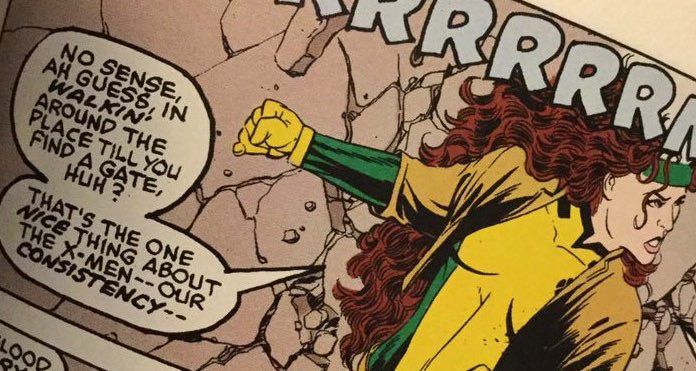
And that’s exactly what I want out of gaming, too, as it turns out. All I wanna do is go forwards. The best way to do that, the purest form of “get out my way I’m coming through” in video games is the scrolling beater. Seeing a heyday in 1992-3, much like my most beloved of X-Men, these are my games of games. Destroy everything. Go right.
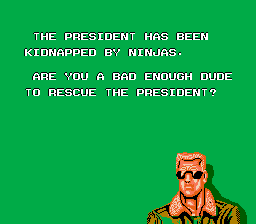
That’s the entire premise of a scrolling beat ’em up. You’re given between one and four characters, they are given a basic rescue mission, and you complete it through them by destroying everyone (“beating ’em up”) on screen and likewise punch, kick or pipe-hitting to pieces any oil drums or occasional vehicles that can be affected by your game sprite, until you’ve done it all, everything is smashed, and the game allows you to proceed (“scroll”) right.
Destroy everything. Go right. The game will not move on until you’ve hit everyone to death. The literal world does not open to you, exist in itself, until you are done, section cleared. For somebody who struggles with completionism, this is beauty and truth. A perfect world. The spatial simplicity works to validate the average beater’s low-input controls; where (for example) Kingdom Hearts‘ X-X-X-X-X-heavy button mashing combo-combat felt absurd and boring to me, a two-dimensional, single-screen arena in a game with a dramatically straightforward premise makes punch-punch-punch-punch feel reasonable for an action that results in a combination of moves. I’m in a sewer and a bunch of punks jumped me, am I gonna quarter-circle quarter-circle press-three-buttons-at-once? No, fool, I’m gonna punch-punch-punch! And smack’em with a pipe, if one’s handy.
There are plenty of famous beaters. Double Dragon, Golden Axe, Streets of Rage, all the ones you see in classics lists. Bad Dudes vs. Dragon Ninja has been at the forefront of political discourse in February, for example, after a President (you can guess which) was foolish and racist enough to tweet “Bad ‘dudes.'” But lemme take you on a tour of the scene. Let’s look at a varied selection of nine quite different scrolling beaters and what makes them all unique, each a treat.
Crude Buster (1991)

Crude Buster is not the smoothest beater to play or the most aesthetically refined. The villains are strange, bootleg looking creatures and some of the play features seem glitchy until you get the hang of them. But to me it’s the most thematically complete, which is an aesthetic concern. From the name to the protagonist designs to their bulky sprites to the ability to throw each other helicopters and the poetically simple triumphant ending–GET OUT OF HERE AND HAVE A DRINK, MY OLD BUSTER–Crude Buster buffly embodies the spirit of the scrolling beater and the love I have for the format. It’s just two guys, who love to slam, fighting evil cos it’s there. They’re the best of friends and they’re perfectly in tune. Muscle, muscle, muscle. Crude Buster is exactly what it needs to be.
Turtles in Time (1992)

Licensed video games have a bad reputation, because they’re earned one. But Turtles in Time doesn’t only tick every box for a beater, it also ticks’em all for a cartoon-based Ninja Turtles experience. You pick your turtle; you use his weapon. You throw Foot ninja robots at Shredder. You fight a giant Krang to rescue the Statue of Liberty. There’s a sequence in a lift, like any good action adventure. And the between-fight vehicle-riding bonus levels that became something of a staple of the genre for a while feel like they make sense when a turtle’s hollering about catching waves. Turtles in Time became a staple in itself–ninja turtles have been travelling in time (and space) since they were comic book outsiders, but this game preceded the time-traveling Teenage Mutant Ninja Turtles III by a year and saw it’s name reused in a 2014 miniseries from IDW.
Final Fight 2 (1993)
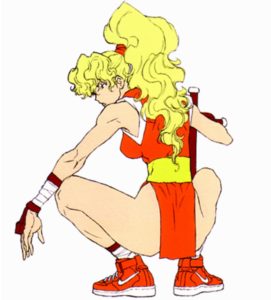
There’s plenty of Final Fight content on this ol’ Internet. I don’t need to argue it’s quality or introduce you to the fact it was seminal. I favour Final Fight 2 for one reason: the reason is Maki. Maki is the (younger?) sister of Final Fight 2‘s damsel, Rena. Their father is also kidnapped, but as the story specifies that Maki is unable to recruit Rena’s fiancée for her rescue mission (he’s busy) the gendered nature of video game kidnapping is present in the narrative, and that’s what makes Maki shine so brightly. Maki goes to rescue her sister. That is so practical and so very unusual. It’s common enough to have a female character option in your beater, but it’s not common for her to be the galvanising force behind or hold the most connection to the mission. Recruiting wrestle-mayor Mike Hagar and rando Carlos Miyamoto, Maki puts her hair into a tremendously voluminous and violently yellow-blonde ponytail, sticks on her Nikes, and starts destroying everything so she can move right. What a classic.
Undercover Cops (1992)
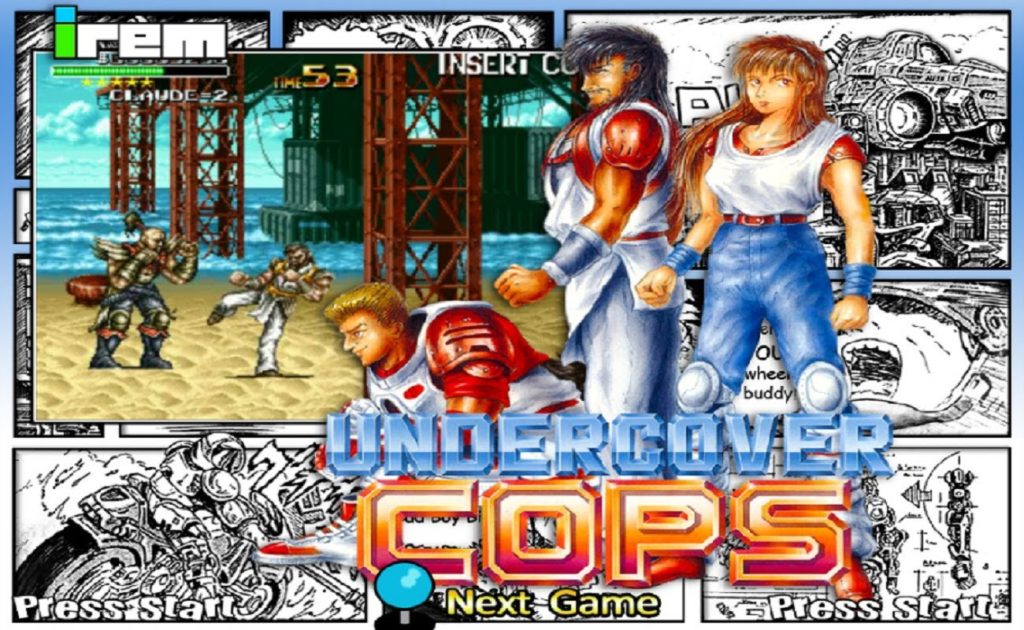
Undercover Cops isn’t entirely pleasant to play; it’s sticky, it’s clunky, sometimes you get stuck with an emulation where co-op play doesn’t work. It was the developer’s first try at creating a scrolling beater, and while it shows this also allowed the team to go a little experimental; mom reliance on simple pipes here! Huge girders fall out of the sky or are seen sticking upon the of the ground and can be jiggled up and swung at enemies. I say huge and I mean huge–it’s joyous. Clouds of birds fly up from the ground as you stamp along sandy waterside stages, and razor-fingered mole people explode in one hit as you venture down into the sewers. It’s annoying to play, but it’s worth it. Rosa’s sprite is also pleasingly solid, solidly dressed.
Streets of Rage 3 (1993)
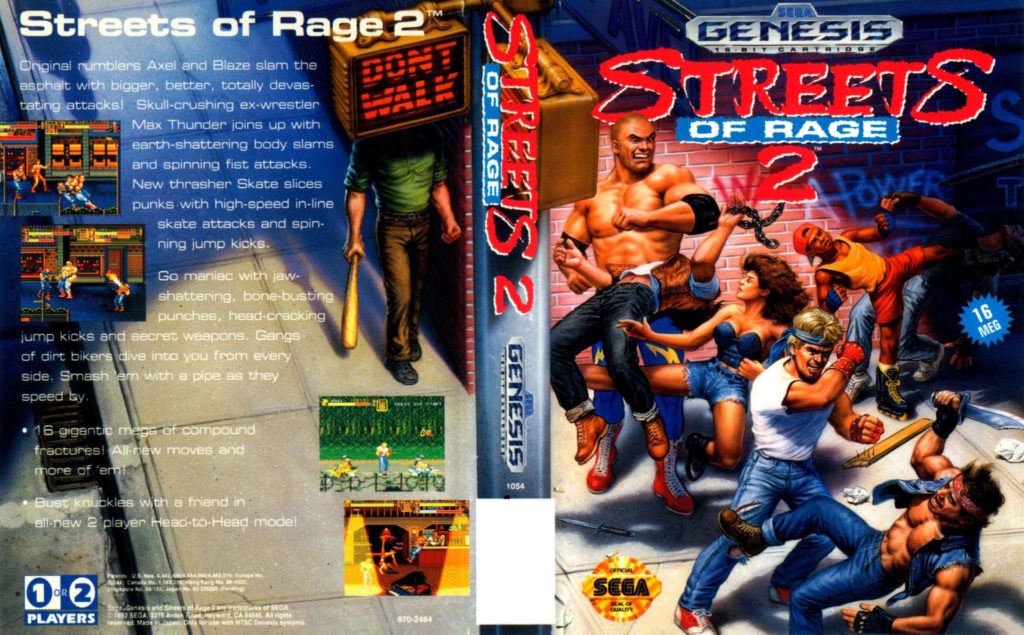
Streets of Rage, like Final Fight, is taken for granted within the subgenre, and that’s as it should be. Streets of Rage 2 lets you play on roller skates, and that is what I call an improvement. While it’s a shame that 2 has no bad ending, where a player character can choose to join the villain and potentially fight her own co-op gaming buddy, have you ever been kicked by a roller blader? I have. It’s mean.
Mutation Nation (1992)

Is that Kyo Kusanagi? No, it’s not. It’s Ricky Lee Jones. But never mind the character designs. The backgrounds for this game are incredible. It’s a near-future (or “future,” at this point; the Hokuto no Ken classic 199X setting is charmingly familiar) post-apocalyptic smasher, so you tramp through sewers and tyre-pyre streets and tumbledown skyscrapers and the like, but only half of the scene is taken up by the tracks your characters can move along. The rest is vista, and specifically for the tall-building stages, this shows some real visual innovation. They’re so well observed that the wrecked flats and conference rooms you pass on your way up a tower building have Buddleja growing in them. If you don’t know that word, you probably know the plant: that leafy shrub you see on building sites and vacant lots, with gorgeous purple spikes of tiny, butterfly-magnet flowers in the summer months. I can practically see the stage designer sketching on their research trips to abandoned areas, and that makes the whole game seem so much more immediate and crafted by human hands. Thanks to that one little detail, it feels like a conversation instead of a faceless corporate product.

Metamorphic Force (1993)

The most immediately noticeable thing about Metamorphic Force is its palette. It’s Lisa Frank-vomit rainbow coloured, pink and greens in violent combat, and much like the stickered folders of your all-American youth it heavily features animals. Four “regular guys”–an American drifter in the Terry Bogard mould, a Japanese judoka, a Russian named Ivan who carries a big log, and a French fancy who fences–are possessed by the guardian spirits sent by Mother Earth to stand against pollution, human disregard for environment, and, as far as I can tell, satanist mutants. It’s a rad game. You fight as your choice of human male until a troll (it’s all very 1993) skates by and tosses you a golden idol. With that, you can transform into your empowered furry form: I favour Ban, the Japanese character, as his beast form is a Minotaur that can have a mean little stamp party on all fallen opponents. Stick the hoof in, Ban!
Vendetta (1991)

 What if Hulk Hogan, Mr T, Mike Tyson and Dolph Lundgren were all in a street gang in the future? What if their rival gang “kidnapped a chick”? They’d go get her back, of course, because this is a video game, where people are nice. Vendetta has two main sources of delight for me. One is that while every man wears the same exact outfit–a t-shirt and some jeans–every sprite among them is individually drawn. Four differently illustrated t-shirts; four differently illustrated pairs of straight-cut, no-stretch blue jeans. Fantastic. That attention to detail! It’s terrific. The second major bonus is the high level of object interaction. As you can see in the shot above, the buckets which occasionally litter the ground can not only be hurled at enemies, they can be hurled ON TO them. Yes! You can bucket-head a member of the Dead End Gang! And if you do this, he can’t hurt you. Because he cannot see you. Isn’t that wonderful?
What if Hulk Hogan, Mr T, Mike Tyson and Dolph Lundgren were all in a street gang in the future? What if their rival gang “kidnapped a chick”? They’d go get her back, of course, because this is a video game, where people are nice. Vendetta has two main sources of delight for me. One is that while every man wears the same exact outfit–a t-shirt and some jeans–every sprite among them is individually drawn. Four differently illustrated t-shirts; four differently illustrated pairs of straight-cut, no-stretch blue jeans. Fantastic. That attention to detail! It’s terrific. The second major bonus is the high level of object interaction. As you can see in the shot above, the buckets which occasionally litter the ground can not only be hurled at enemies, they can be hurled ON TO them. Yes! You can bucket-head a member of the Dead End Gang! And if you do this, he can’t hurt you. Because he cannot see you. Isn’t that wonderful?
There are a lot of other objects available to weaponise here, too. The baseball bats let you send enemies flying into the back wall, as well as left or fight. There are heftable or smash able dustbins and lampposts and oil drums and pipes and the knives that punks, such as purple-trousers above, sometimes drop. You can stab and slash at your enemies once you have a knife, it’s not just a punch motion with added metal. You hold it ice-pick style. It’s so vicious! You can even, on rare occasions, grab a discarded shotgun, and if you have that, you can shoot a bastard while he’s down. Vendetta is dirty, but it’s also fun and bombastic, with the Hogan character (“Hawk,” named for another wrestler) dropping elbows on downed foes like there’s no tomorrow. And for the Dead End Gang? There ain’t no tomorrow. Brother. Vendetta features no jumping ability, but you get used to that.
Alien vs. Predator (1994)
The ending of this game is really, really funny. Trust me. I won’t spoil it but it’s marvellous. Alien vs. Predator is an unusually weapons-heavy scroller. Every character has a standard weapon; a gun, a different gun, a stick, a mad klingon stick thing. Not only that but weapons are discarded by enemies in far greater volume than is regular. You can (I do) play as Hunter, the orange Predator, and stroll about with your space-knife in one hand and a rail gun in the other, mowing down corrupt American forces, infected zombie creatures, nasty alien tadpoles and full-on xenomorph enemorphs. It’s hectic, it’s really hectic, but it’s a riot. Buttons for hand to hand combat, gun/head-laser ball thing (it’s blue and sparkly, is that a thing from Predator lore?), jumping, and combo options makes it one of the more elaborate player experiences in the genre, and the ever-unfolding plot sets it above the expected as well. Why would humans and Predators team up? Even if there were Alien-aliens loose? Why are there Alien-aliens on earth at all? You want to find out. The always-attractive Bengus art is a bonus.
As you can see, there’s a lot to this genre.
It has defined parameters, sure, but that’s the meaning of “genre.” There’s a lot of post-apocalypse sleeveless leather and denim if that’s what makes you happy (and if it is, my sister, I’m with ya), but there’s both more dimension within that aesthetic and much more on the table without it. I didn’t even cover the 1930s detective scroller, or the mecha scroller, or the one where you’re a ranger on the savannah, or touch the dreadful nihilism of Ninja Warriors.
If what you want from play is a formal objective and a devil-may-care attitude to getting there, scrolling beaters are ready and waiting. They make new ones, still, but the boom surrounding 1992’s epicentre really saw a great number of basically unimprovable winners. They’re fun to play alone and they’re great to play with friends–scrolling beaters are pretty much the only type of game I like to play in co-op, because they’re so often based around in-game camaraderie and so honestly cooperative. Nobody is the support player in these; you’re always two bruisers, out for one purpose. To fuck shit up and leave. And that’s what makes me happy.


